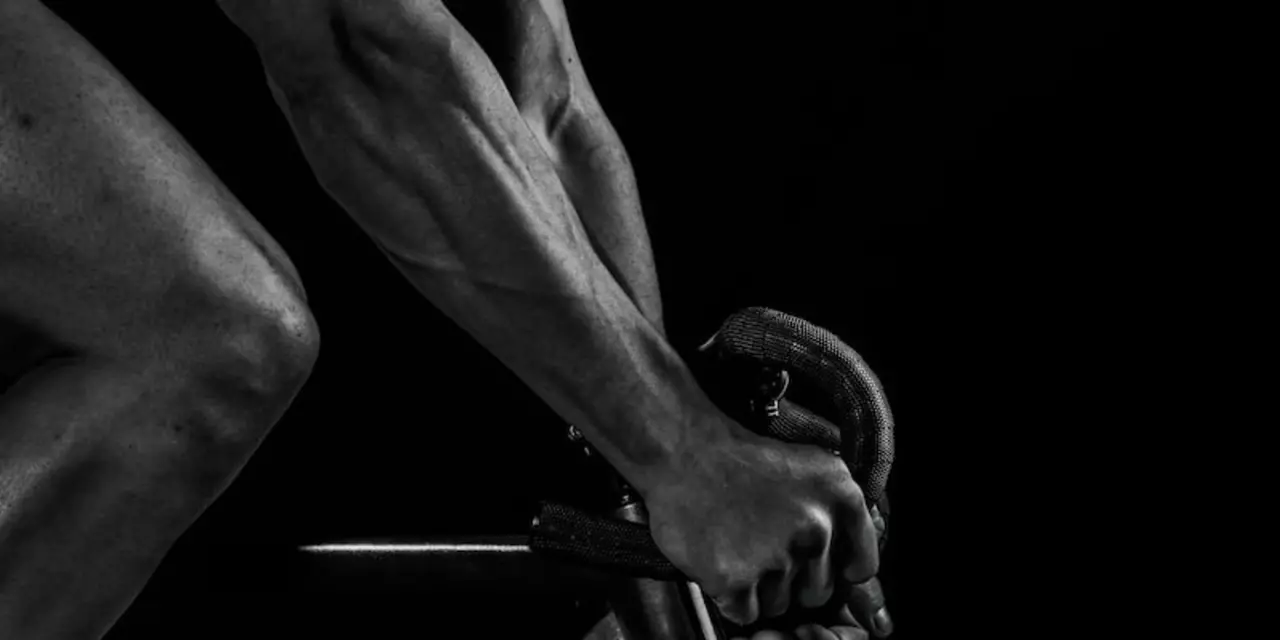Cycling Health: Practical Tips for Better Fitness
Ever wonder why a few minutes on the bike can feel like a full‑body workout? Cycling hits the legs, core, and heart without the joint stress of running. That mix of cardio and strength makes it a top choice for anyone looking to stay fit.
Why Cycling Is Great for Your Body
First off, the heart gets a solid boost. Pedalling at a steady pace keeps your heart rate in the aerobic zone, which improves circulation and lowers blood pressure. Unlike high‑impact sports, the smooth motion protects knees and hips, so you can ride longer without wear and tear.
Second, those leg muscles fire up every time you push the pedals. Quadriceps, hamstrings, and calves all work together, building strength while burning calories. The constant low‑impact effort also helps tone glutes and core muscles, giving you a tighter midsection without extra gym time.
Third, cycling burns a lot of energy. A 30‑minute ride at moderate speed can torch 250‑300 calories, depending on weight and terrain. Add a few hills and the calorie count climbs, while your metabolism stays elevated for hours after you finish.
Simple Ways to Stay Healthy on the Bike
Start each ride with a quick warm‑up. Spin lightly for five minutes to get blood flowing and prevent muscle stiffness. After you finish, roll out a short cool‑down to help your heart settle and reduce soreness.
Hydration matters as much as the gear you wear. Sip water before you feel thirsty, especially on hot days or long rides. If you’re out for more than an hour, a sports drink can replace lost electrolytes and keep energy steady.
Nutrition fuels performance. A light snack with carbs and protein – like a banana and a handful of nuts – before a ride gives you quick energy without a heavy stomach. Post‑ride, aim for protein within 30 minutes to kick‑start muscle repair.
Fit your bike properly. A seat that’s too high or too low forces you to use your hips unevenly, leading to pain and inefficient pedalling. Adjust the saddle height so your knee is slightly bent at the bottom of the pedal stroke, and make sure the handlebars are within comfortable reach.
Use padded bike shorts. The extra cushioning reduces friction and protects against saddle sores, allowing you to ride farther without discomfort. Pair them with a breathable jersey to keep sweat away from skin and avoid chafing.
Mix up your routes. Varying terrain – flat roads, gentle hills, and occasional intervals – challenges different muscle groups and keeps the heart guessing. This variety improves endurance and prevents boredom.
Listen to your body. If you feel sharp pain or excessive fatigue, take a rest day or cut the ride short. Overtraining can lead to injuries that stall progress, while regular recovery keeps you strong.
Finally, join a community. Riding with friends or a local club adds motivation, safety, and fun. Sharing tips, routes, and experiences makes each ride feel less like a chore and more like a social event.
Whether you’re chasing a personal best, training for a race, or just looking for a healthier daily habit, these simple steps turn every pedal stroke into a step toward better health. Grab your bike, follow these basics, and feel the difference on and off the road.
Is it OK to ride a stationary bike everyday?
It is generally safe to ride a stationary bike everyday as long as you take the necessary precautions. When riding a stationary bike, you should make sure you have a comfortable seat, proper posture and the correct tension level, and you should have the bike set up properly for your body size. Additionally, it is important to take breaks and not overdo your workout, and to make sure you are adequately hydrated. Finally, if you experience any pain or discomfort, you should stop exercising and consult a doctor.
More